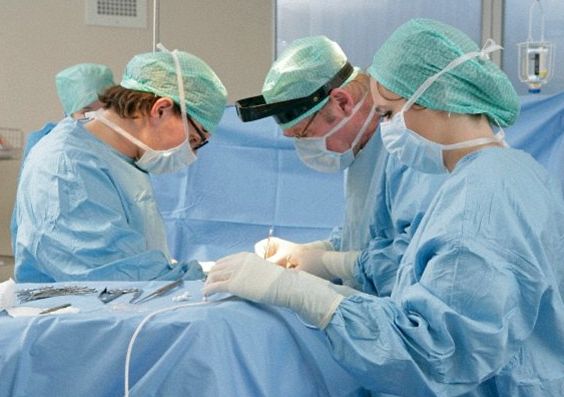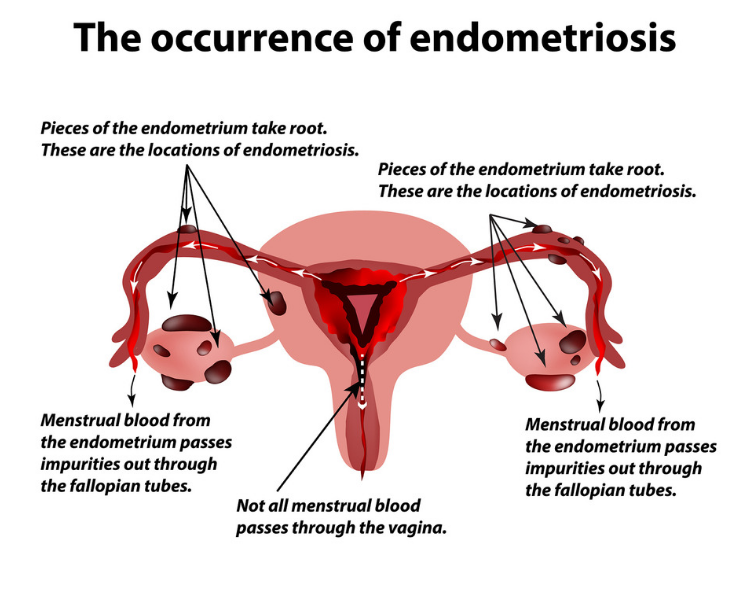

This patient had an endometriotic nodule invading the rectum. One patient required conversion to laparotomy. There were no major intraoperative or postoperative complications in all 41 patients. This is because precise haemostasis is possible in laparoscopic surgery with use of energy sources like bipolar, vessel sealing devices, and harmonic. Certain procedures like ureterolysis, adhesiolysis and resection of rectal nodules take up more time because of extensive dissection and vital organs involved.Īlso, blood loss in all procedures was minimal varying between 100 ml 200ml. This is in comparison to conventional laparotomy. The operating time varied for most procedures between 60 minutes to 120 minutes. Total laparoscopic hysterectomy with or without ooperectomy was done in older patients with endometriosis (31.7%). Many such patients had endometriomas of ovaries as well as adhesions in POD and required both procedures. Such precise surgery with minimal tissue handling is better performed laparoscopically. This is because majority of patients belonged to younger age group with either infertility or desired preservation of the uterus and the adnexa. The various procedures done for women with moderate to severe endometriosis included excision of endometriomas, adhesiolysis in POD, excision of endometriotic nodules on uterosacral ligaments and vagina, resection of endometriotic nodules on rectum, ureterolysis, and total laparoscopic hysterectomy with or without oophorectomy.Īs seen from Table 7, majority of patients underwent cystectomy for endometrioma (53.6%) or adhesiolysis with excision of the endometriotic nodule (36.5%). In these women operative laparoscopy along with definitive treatment of the endometriotic lesions was planned at the same setting. Thus a total of 41 women were included in the series.
Surgery for severe endometriosis series#
Women with extensive endometriosis involving the ureters, bowel, or bladder but with no peritoneal endometriosis were also included in the series even though they had low rAFS scores (4 patients). All patients in stage III and stage IV of rAFS classification i.e., score of 16 or more were included in the series (37 patients). In these women moderate to severe endometriosis was defined by rAFS classification. Patients with other investigations like IVP, MRI suggestive of recto-vaginal endometriosis. Also we would define the associated characteristics of the lesions and follow-up results.


Laparoscopy as a method of treatment offers certain advantages and we aim to evaluate in this study the efficacy of laparoscopy as the surgical procedure of choice for such conditions.

As there is such extensive involvement, thorough and lengthy surgical procedures may be required in these cases of endometriosis. The cul-de sac may be completely obliterated, rectum stuck to the posterior surface of cervix and vagina and the ureters may be involved causing hydronephrosis. Laparoscopically, there may be presence of extensive adhesions with distortion of pelvic anatomy in such cases. Deep, fibrotic endometriotic deposits can usually be palpated clinically in such cases of extensive endometriosis. In patients with severe endometriosis, lesions usually involve the posterior cul-sac, anterior rectum, one or both pelvic side walls involving ureters, rectosigmoid and less commonly anterior bladder, appendix, and small bowel. Moderate and severe endometriosis is defined by rAFS classification as endometriosis with a score of 16-40 and 40 or more, respectively.


 0 kommentar(er)
0 kommentar(er)
